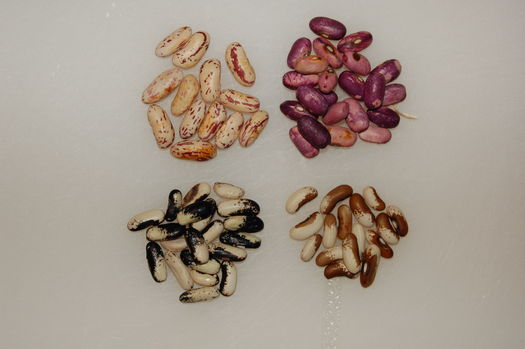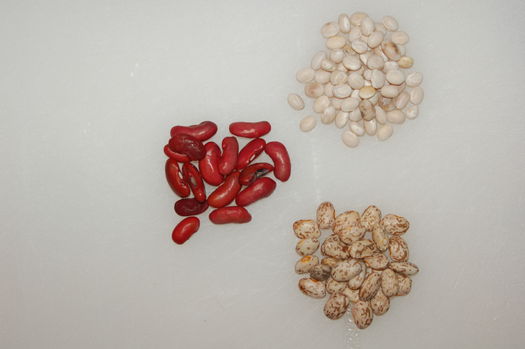Last year there was a post on KGI showing trends in home garden food production in the US. There was a stunning 20% decline between 2004 and 2005. This comes amidst all the concerns over GM foods. Even with all the concerns over E Coli, there is no indication yet this trend is reversing. This trend is almost certainly world wide.
The situation is very similar for heirloom vegetable gardening and seed saving. The Seed Savers Exchange reported a 5.5% decrease in the number of members offering seeds to other members. This comes after 10 straight years of decline, 36% in total since 1995. Here too there is no indication this trend is reversing.
Many people find this very hard to believe. There has been so much attention paid to this in recent years, and so many people want to eat more natural and handmade foods. Many people are willing to pay large amounts of money for organic or free-range foods. Many people have discovered the joys of heirloom tomatoes and are growing them in their garden.
The problem is three-fold. First, few people actually make the step from growing heirloom tomatoes, to saving the seeds and sharing them with other people or replanting them. Few people actually make the step from heirloom tomatoes to other heirloom vegetables.
The second problem is that heirloom gardening by definition has it’s origins from before WWII. This was 65 years ago, and the number of people still alive and able to garden from this time is quickly declining. There simply are not enough younger people getting into heirloom gardening. As well as losing the people who actually do the work of heirloom gardening, we are losing all the knowledge and experience of these people.
The third problem is there were a large number of heirloom gardeners in the former Soviet Union, because for them it was a means of survival. With a flood of cheap imported foods, this way of life is quickly disappearing.
It’s been estimated that since WWII 70% of fruit and vegetable varieties have been lost, simply because people stopped growing them and no one saved the seeds.
Increasingly as the European Union expands, and more countries enter in to the so called ‘Free Trade Agreements’, heirloom vegetables are becoming less available. This is because these treaties establish patent rights on seeds and plants, and in many cases prohibit the sale of unpatented varieties. Even when the sale of unpatented varieties is not prohibited, growers often benefit from large subsidies for growing patented varieties and wholesale purchasers often refuse to purchase unpatented varieties. This means, when they are available, heirloom vegetables are often unrealistically priced. Grain is an organization that tracks these treaties and trade agreements, and which countries have implemented seed patents.
In Europe we have seed laws that in most cases prohibit the sale of heirloom seeds and foods. Many people are now working on trying to change these laws, and some progress is being made on this. Nearly all of these efforts are targeted at legalizing heirloom fruits and vegetables for home gardening and informal trading, and there is little prospect these foods will become available on a wide scale commercial basis.
In recent years there have been treaties to promote biodiversity, and insure funding for botanical gardens, the Doomsday Seed Bank and other stores of genetic material. While this is very important, and these can often be positive developments, these seed stores often come with the price of commercial ownership of the seeds and access to the general public is not assured.
It’s more clear than ever before that the only way we will be guaranteed access to heritage foods is if we grow them ourselves, in our own gardens and save and trade the seeds. It’s more important than ever that people take it upon themselves to grow and save seeds from heirloom crops, or they will simply not be there for future generations.
When planning your garden for 2007 why not grow some heirloom vegetables with the intention of saving seeds? You will be surprised at what a concerted effort it takes to do this. Seed saving can be thwarted by crop failures or accidents, and it can take several years to get a system in place for seed saving and storage. If you are new to vegetable gardening, it will take time to learn this as well. Don’t be discouraged or surprised if this all takes a while to get going.



